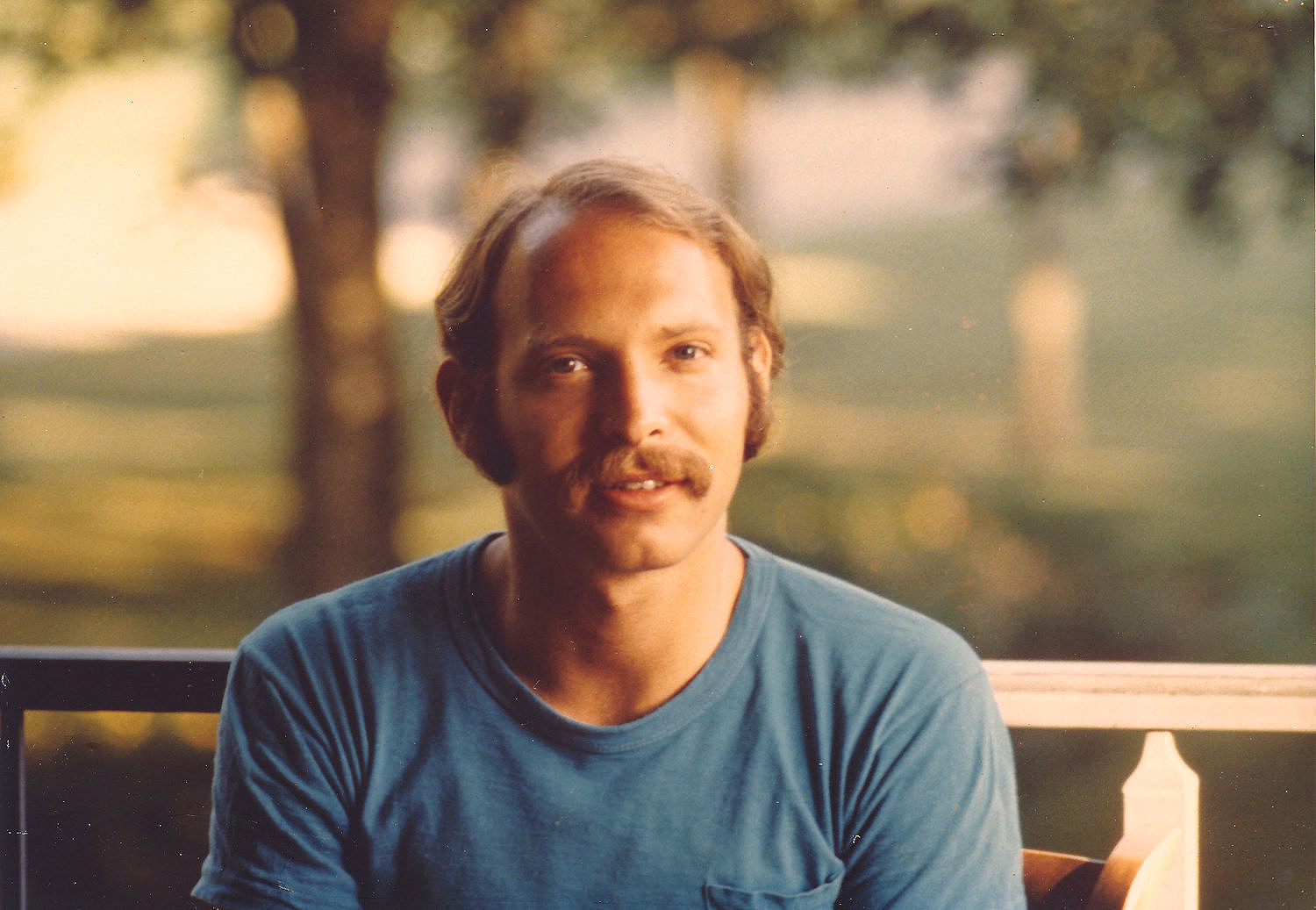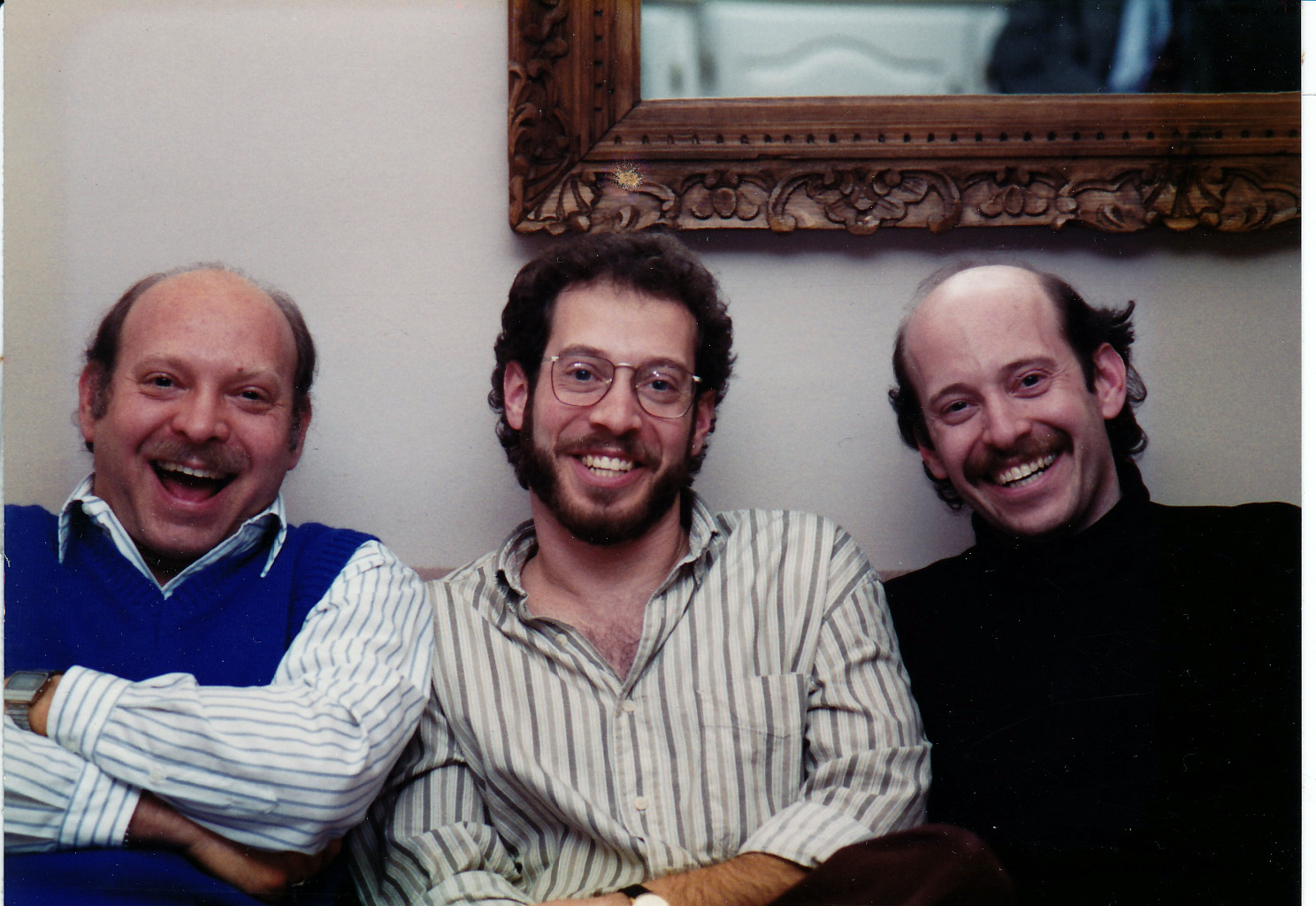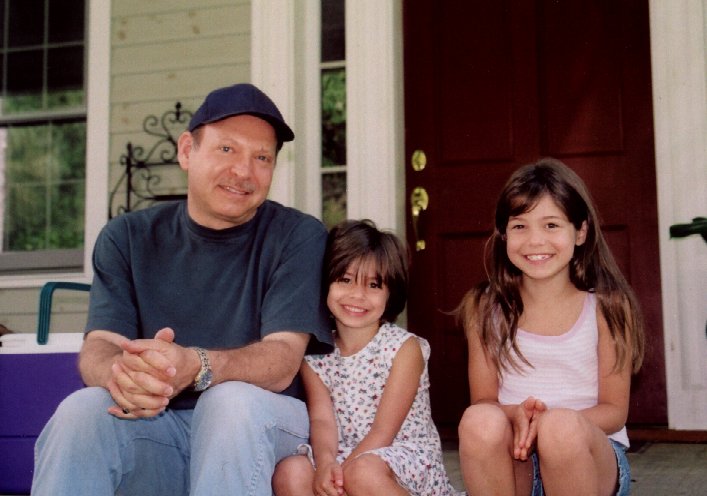Me and my guitar,
Always in the same mood;
I am mostly flesh and bones,
And he is mostly wood.
Never does grow impatient
For the changes I don’t know, no;
If he can’t go to heaven,
Maybe I don’t want to go, no…
— James Taylor
As many of you know, I am a musician. I am an amateur, to be sure, and not as proficient or dedicated as I was in my younger days, but I’m still enthusiastic about my music and deeply attached to my guitars.
What’s the difference between now and my youth? Why was I “more proficient and dedicated” then? Well, in part, back then music was something I did instead of course work. It was a welcome distraction, a great way to procrastinate, and one of my favorite things to do when high. (Hey, you asked….) These days, I have other distractions and I am far more devoted to my writing than I ever was to school work.
 More to the point, though, back in the day, I used to perform regularly. Along with my dear, dear friends Alan Goldberg and Amy Halliday, I was in a band called Free Samples. Three voices, two guitars. Acoustic rock — CSN, Beatles, Paul Simon/Simon and Garfunkel, James Taylor, Bonnie Raitt, Joni Mitchell, Pousette-Dart, etc. We performed several times a semester, usually at the campus coffee house, but also at special events during which we shared the evening with other acoustic bands.
More to the point, though, back in the day, I used to perform regularly. Along with my dear, dear friends Alan Goldberg and Amy Halliday, I was in a band called Free Samples. Three voices, two guitars. Acoustic rock — CSN, Beatles, Paul Simon/Simon and Garfunkel, James Taylor, Bonnie Raitt, Joni Mitchell, Pousette-Dart, etc. We performed several times a semester, usually at the campus coffee house, but also at special events during which we shared the evening with other acoustic bands.
I loved performing. Even more, I loved rehearsing and preparing for gigs with Alan and Amy. Making music with the two of them defined my years at Brown. I enjoyed my college years (mostly) and made many of my most enduring friendships in those years. I learned a lot, did well academically, grew up (some — I still had plenty of growing up to do post-college). But my fondest memories, my happiest moments, revolved around Free Samples.
After college, we three went in different directions. Alan and Amy were both in the D.C. area for a short while, and while there they continued to perform together on a regular basis. I remained in Providence and performed there a few times before starting graduate school out in California. I performed once or twice in the Bay Area, but my studies consumed most of my time. And then I met Nancy, and life took me in other directions. Amy continues to sing with a church group. And Alan has become a regular performer in the Albany, New York area as the leader of a band called Innocent Bystanders. He has made himself into an incredibly accomplished musician and performer.
Me? I have played regularly over the intervening years, but pretty much only for myself and my family. Aside from a fun and memorable guest appearance with Alan and his band one night some eight or so years ago, I haven’t performed publicly in a long, long time.
Why am I sharing all of this with you now?
Next week, I will be out in Oregon visiting another couple of dear friends from college — mutual friends of Alan and mine. Alan will be there as well, and over the weekend we will be performing music. Alan’s younger son, Dan, a terrific keyboard player and singer, will be joining us. This will be, as I said, my first public performance in years, and only my second since, well, the early 1990s.
Nervous? Why, yes. Yes, I am.
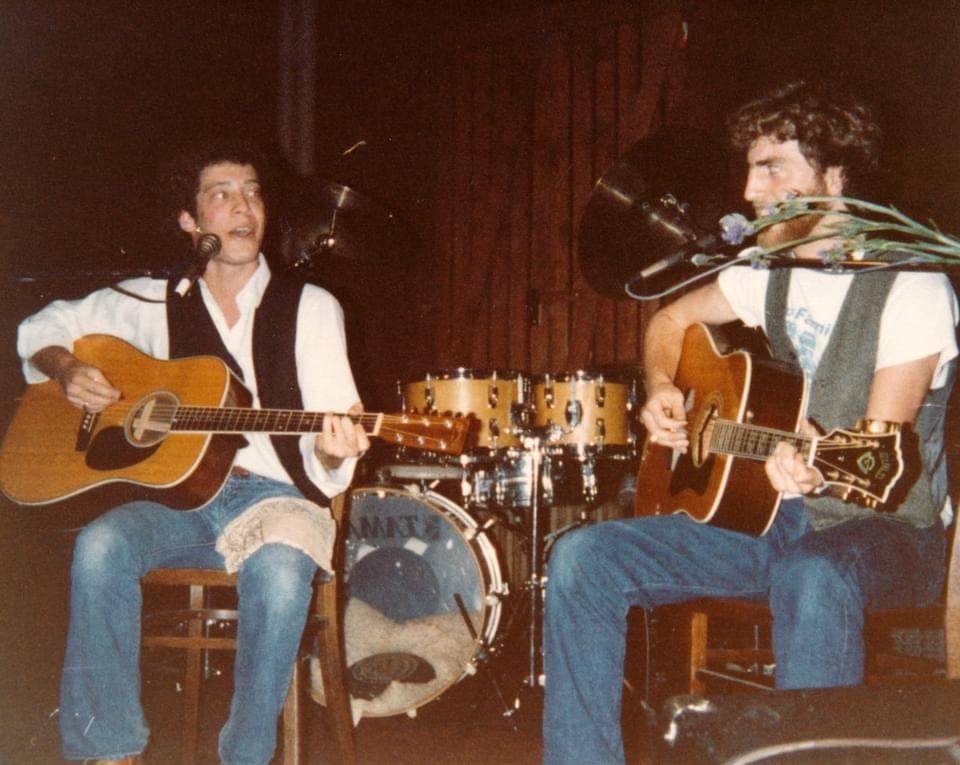 As I made clear earlier, I am not the player or singer I used to be, mostly because I don’t work at it as I once did. And so I’m afraid I’ll sound bad. Alan and Dan have played together a lot over the past several years, including live performances and online concerts they gave during the pandemic. They sound great as a twosome and I don’t want to ruin that. They have terrific on-stage rapport, just as Alan and I did back when we were young. I don’t want to get in the way of that, either. And I have overwhelmingly positive memories of my performing days. I don’t want to sully those recollections with a performance now that is subpar. I don’t want to embarrass myself.
As I made clear earlier, I am not the player or singer I used to be, mostly because I don’t work at it as I once did. And so I’m afraid I’ll sound bad. Alan and Dan have played together a lot over the past several years, including live performances and online concerts they gave during the pandemic. They sound great as a twosome and I don’t want to ruin that. They have terrific on-stage rapport, just as Alan and I did back when we were young. I don’t want to get in the way of that, either. And I have overwhelmingly positive memories of my performing days. I don’t want to sully those recollections with a performance now that is subpar. I don’t want to embarrass myself.
Put another way, I can think of a hundred reasons why this might be a bad idea.
At the same time, though, I’m also excited about the possibilities. Audiences, as Alan has reminded me again and again when I express my doubts to him, tend to be kind, generous, and forgiving. They aren’t there to point and laugh and denigrate. They’re there to have fun, to enjoy good music, to sing along. They don’t care about the occasional botched lyric or missed chord. Neither do Alan and Dan. The insecurities are all in my head, rooted in my own self-doubt. So the moment I get beyond them, I will be free to savor the experience, to bask in the musical camaraderie, to rediscover something that once meant the world to me, something I have missed terribly for all these years.
I’m trying my hardest to build my anticipation around that vision, that outcome. Because if all goes well, this could be a magical event.
Have a great week.









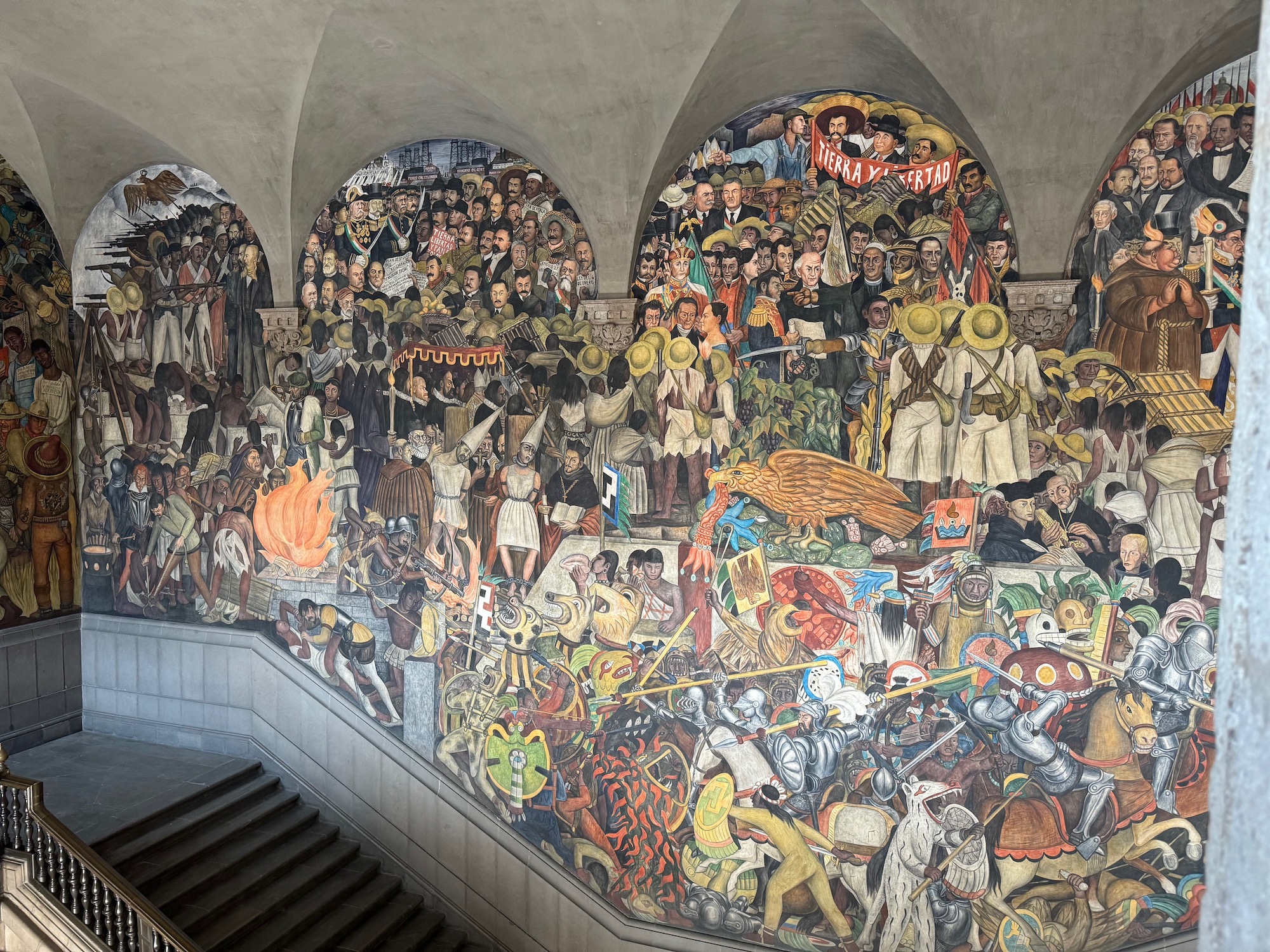
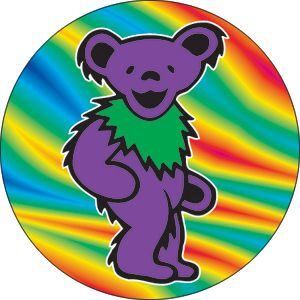 As I say, if you know me, you probably don’t find this surprising. I have spoken and written about my love of the Grateful Dead, my experiences shivering outside on cold nights, in the dark of Providence, Rhode Island winters, waiting at the Providence Civic Center for Dead tickets to go on sale. People don’t do that unless they have already done damage to their prefrontal cortex. I could tell additional stories. It is possible that I (and select others) was (were) high during at least one musical performance that we gave while in college. I might remember playing Cat Stevens’s hit “Wild World” and literally watching my digital dexterity degrade over the course of the song.
As I say, if you know me, you probably don’t find this surprising. I have spoken and written about my love of the Grateful Dead, my experiences shivering outside on cold nights, in the dark of Providence, Rhode Island winters, waiting at the Providence Civic Center for Dead tickets to go on sale. People don’t do that unless they have already done damage to their prefrontal cortex. I could tell additional stories. It is possible that I (and select others) was (were) high during at least one musical performance that we gave while in college. I might remember playing Cat Stevens’s hit “Wild World” and literally watching my digital dexterity degrade over the course of the song.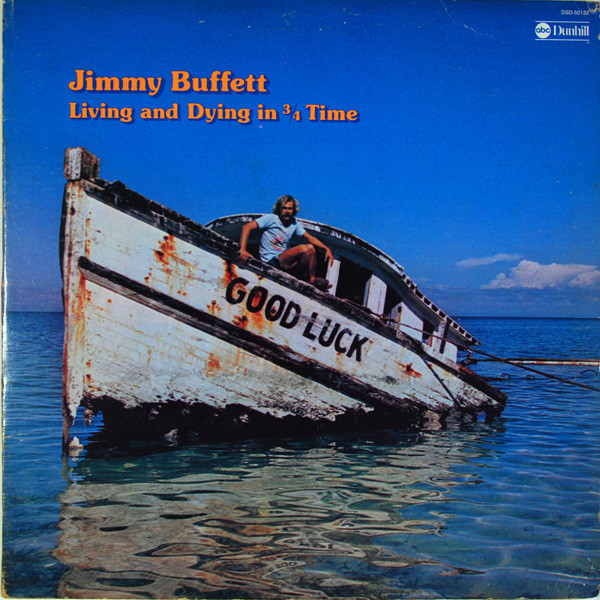 The news of Jimmy Buffett’s death this past weekend, hit me surprisingly hard, and I am still trying to figure out why. Buffett, the “Roguish Bard of Island Escapism,” as the New York Times called him in an online obituary, was a strong musical presence in my life. I have been listening to his music for more than four decades, I own a bunch of his albums, and over the years I have learned to play many of his songs on my guitars (none of them is particularly difficult to master). But the truth is, if asked to name my top five or top ten or even top twenty-five favorite bands and musicians, he probably wouldn’t make it onto any of those lists. So why do I feel as though I’ve lost a friend?
The news of Jimmy Buffett’s death this past weekend, hit me surprisingly hard, and I am still trying to figure out why. Buffett, the “Roguish Bard of Island Escapism,” as the New York Times called him in an online obituary, was a strong musical presence in my life. I have been listening to his music for more than four decades, I own a bunch of his albums, and over the years I have learned to play many of his songs on my guitars (none of them is particularly difficult to master). But the truth is, if asked to name my top five or top ten or even top twenty-five favorite bands and musicians, he probably wouldn’t make it onto any of those lists. So why do I feel as though I’ve lost a friend?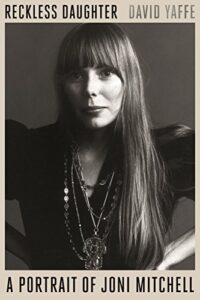 Recently, I have been reading a biography of Joni Mitchell (a holiday gift from my older daughter), a long-time favorite of mine and, in my opinion, the finest songwriter in the history of rock and roll (more on that shortly). It’s been an interesting read — the author is a bit fawning for my taste, and a bit too eager as well to weave Mitchell’s (admittedly phenomenal) lyrics into his prose. But as is often the case when I read biographies of artists I admire, the book made me think about creativity and the artistic process.
Recently, I have been reading a biography of Joni Mitchell (a holiday gift from my older daughter), a long-time favorite of mine and, in my opinion, the finest songwriter in the history of rock and roll (more on that shortly). It’s been an interesting read — the author is a bit fawning for my taste, and a bit too eager as well to weave Mitchell’s (admittedly phenomenal) lyrics into his prose. But as is often the case when I read biographies of artists I admire, the book made me think about creativity and the artistic process.

 I did. Exile on Main Street, by the Rolling Stones. A legendary double-album by the rock band of the era. “I think you’re ready for this,” he said.
I did. Exile on Main Street, by the Rolling Stones. A legendary double-album by the rock band of the era. “I think you’re ready for this,” he said.